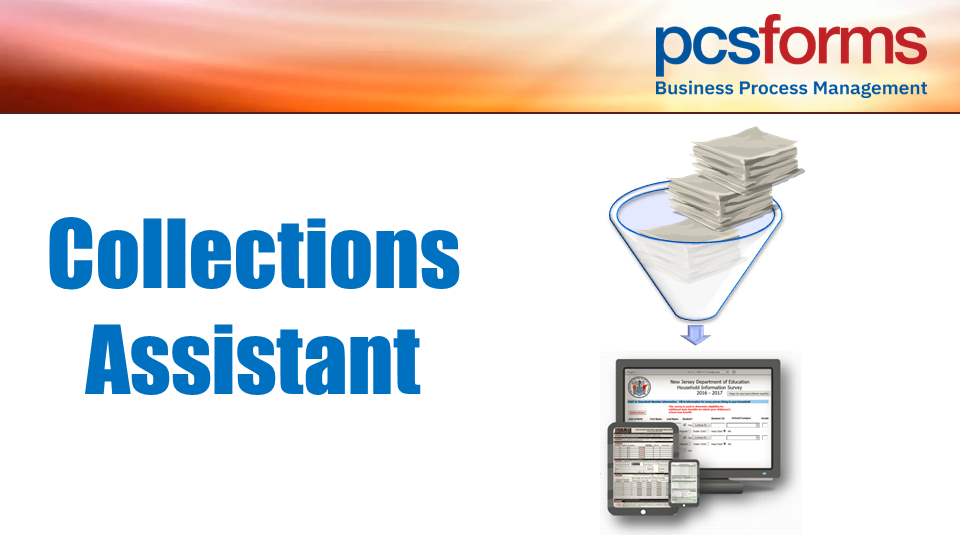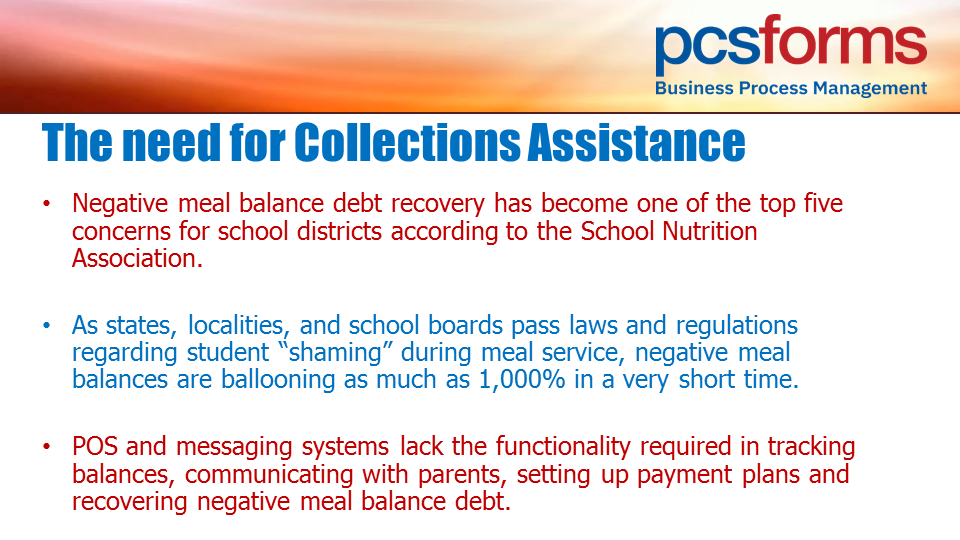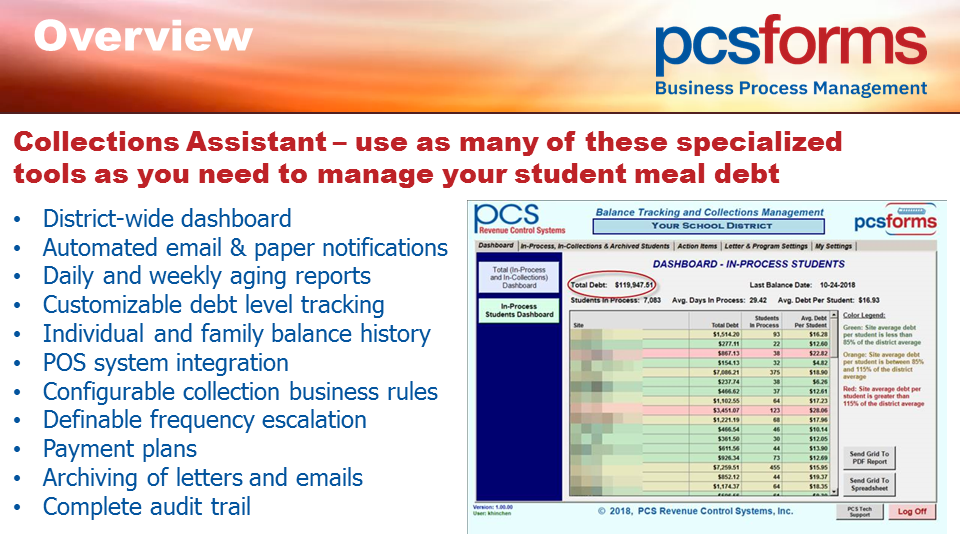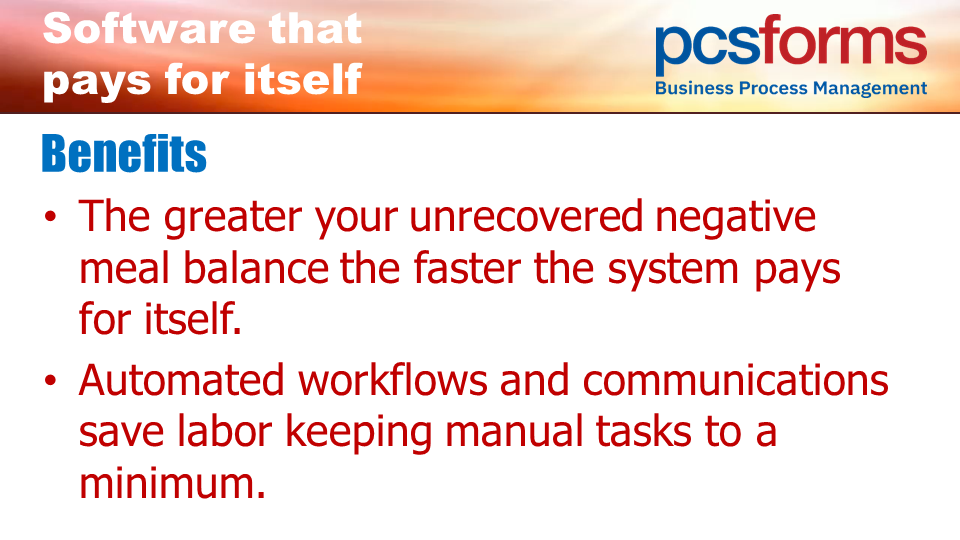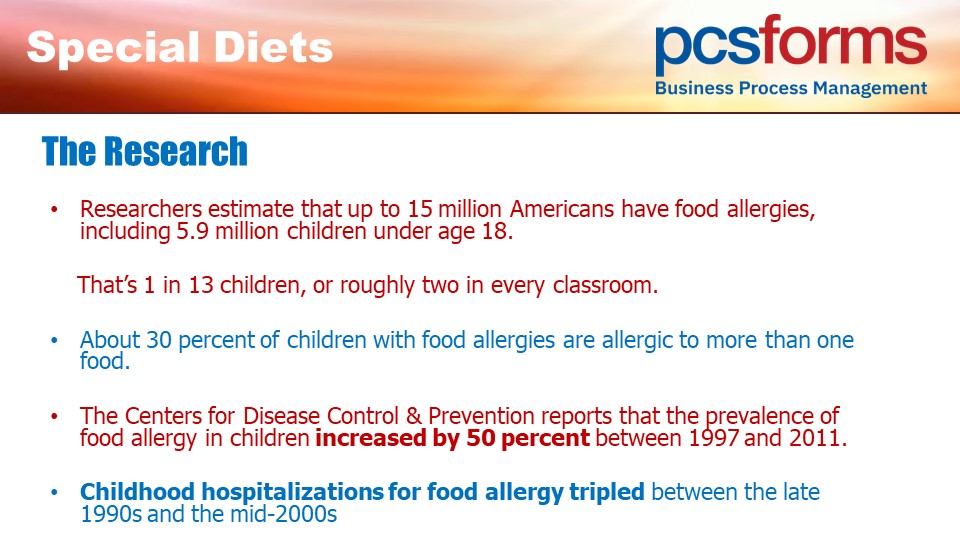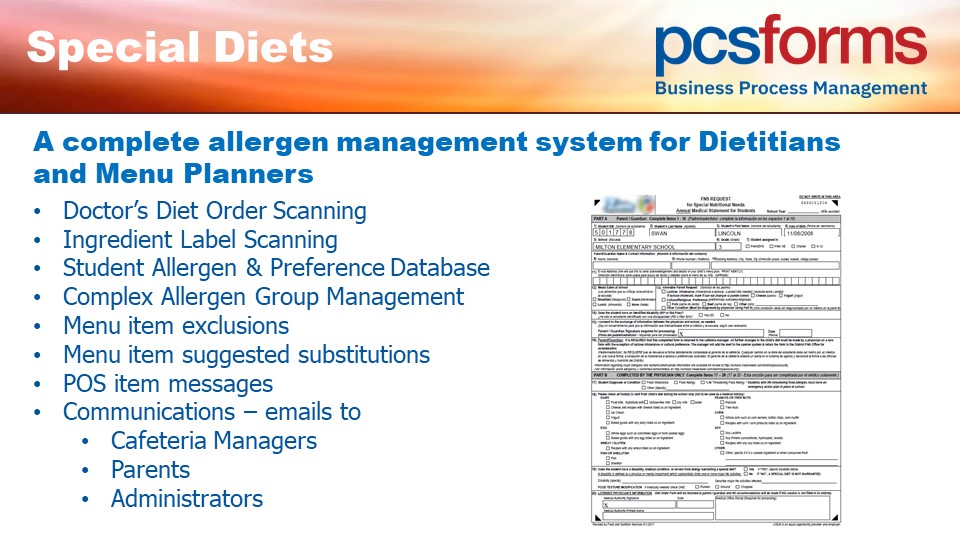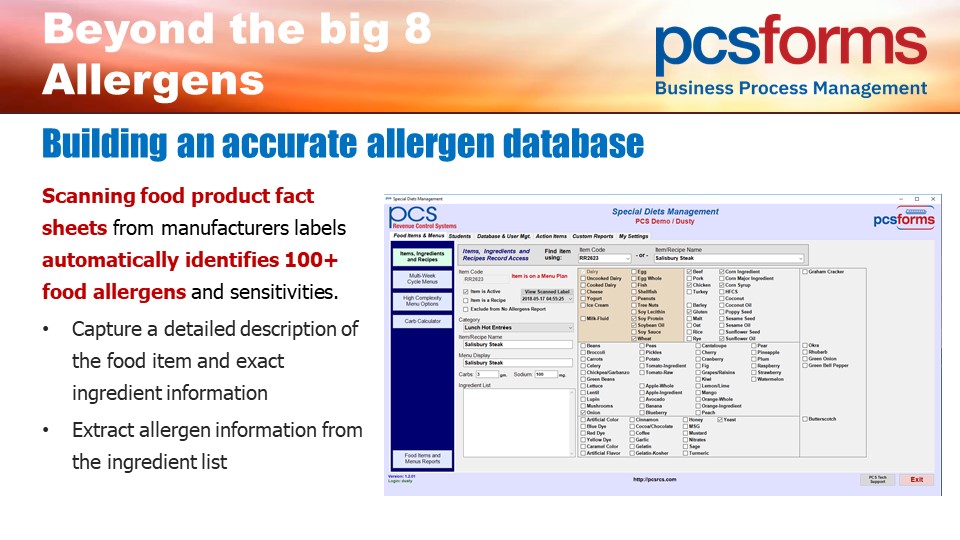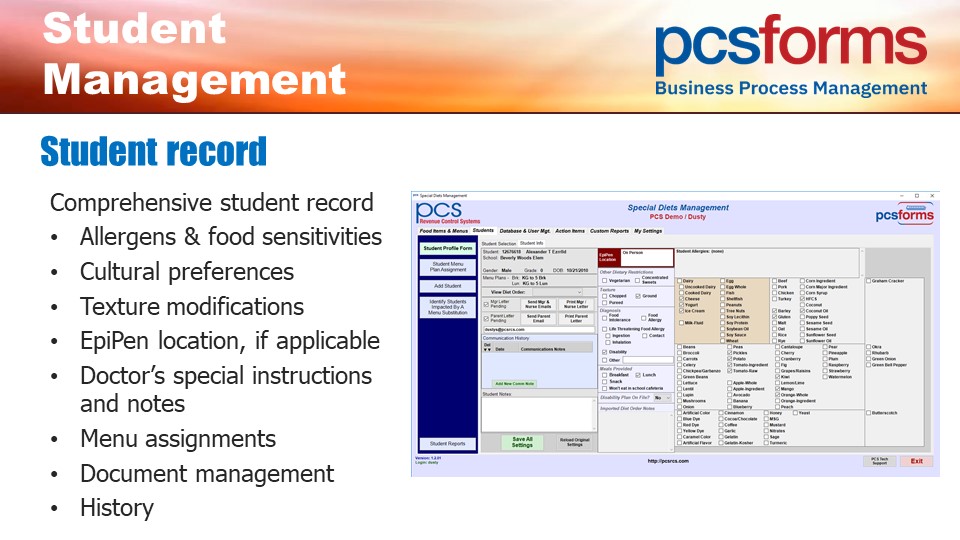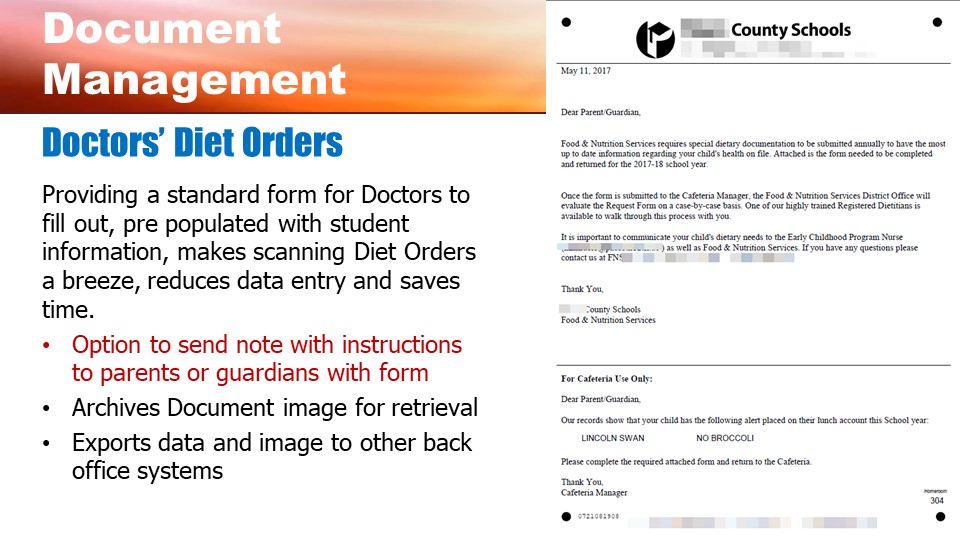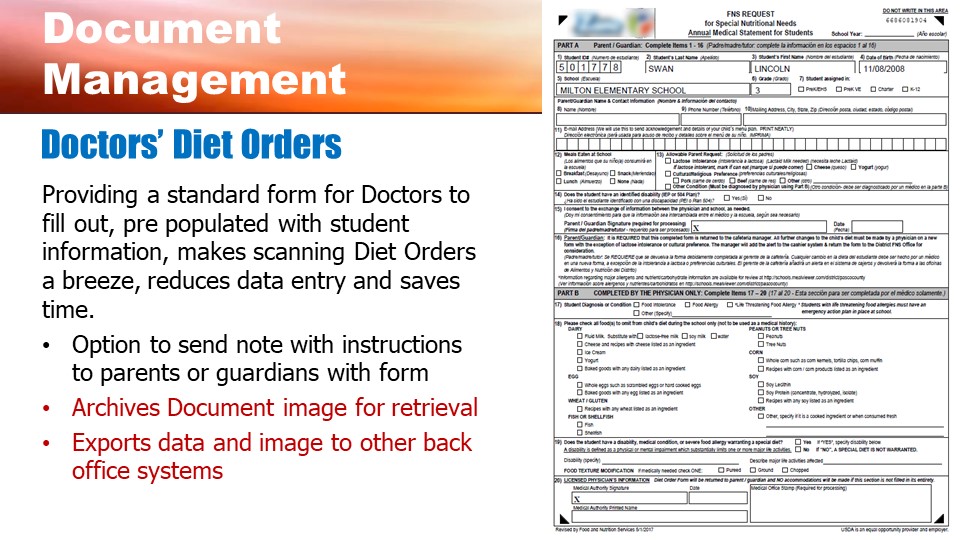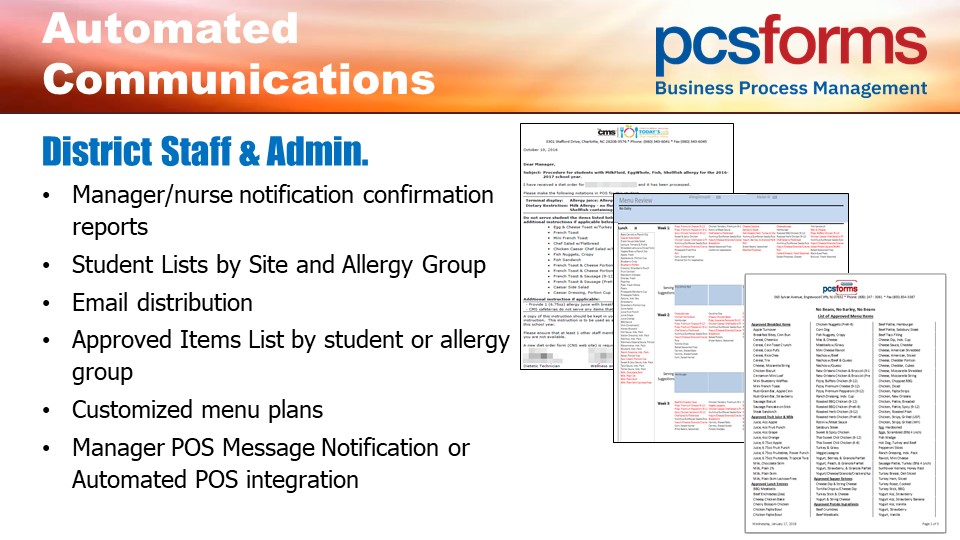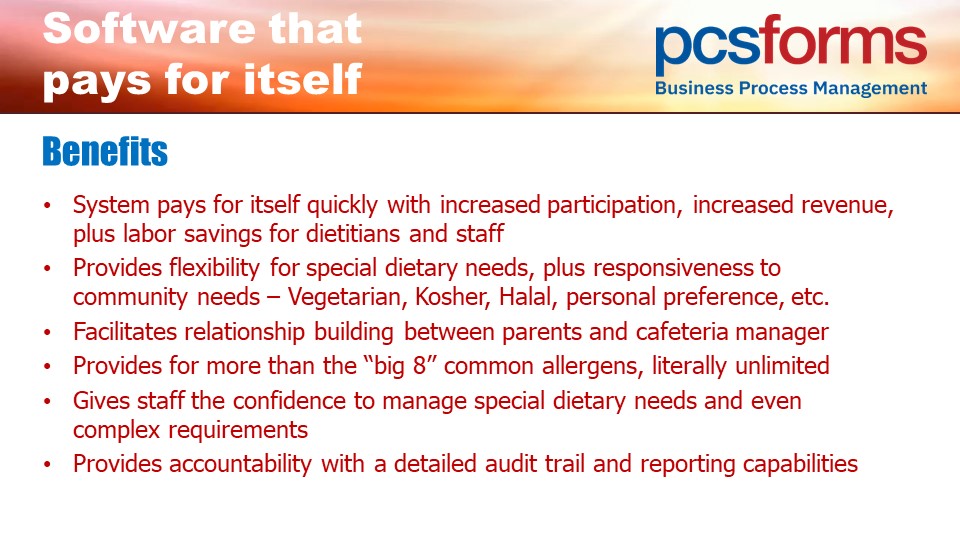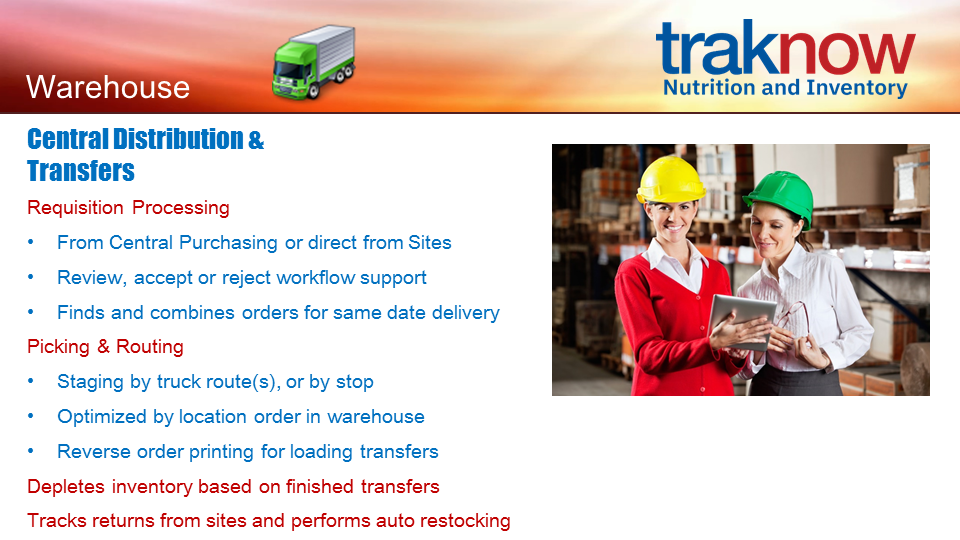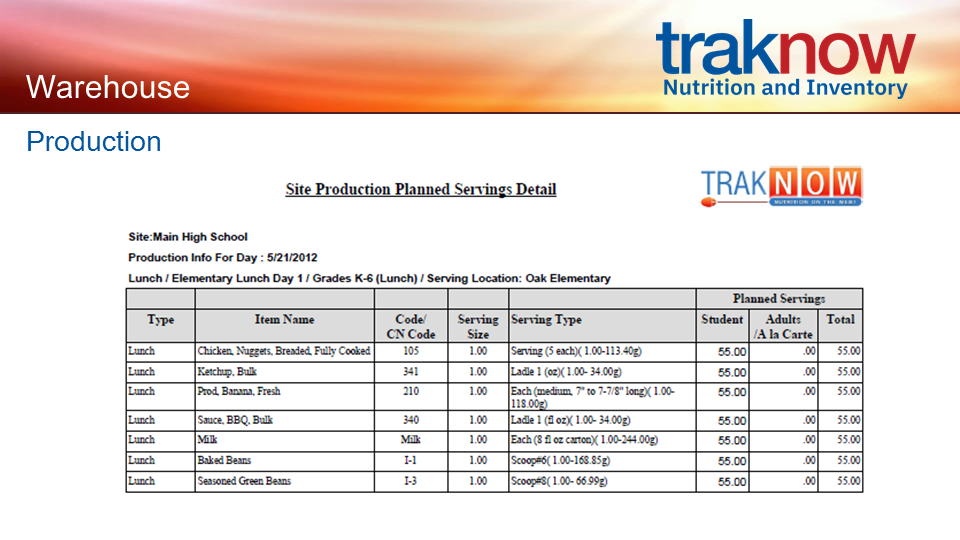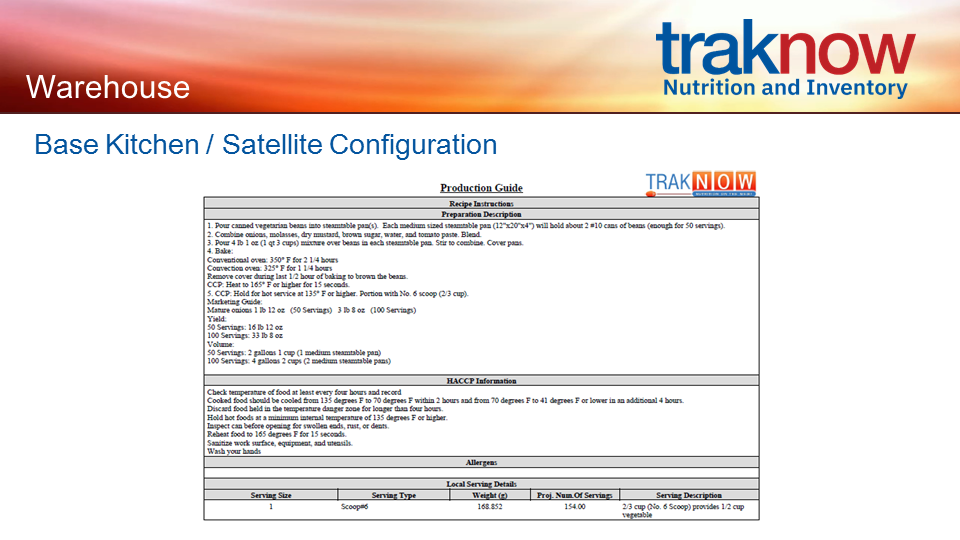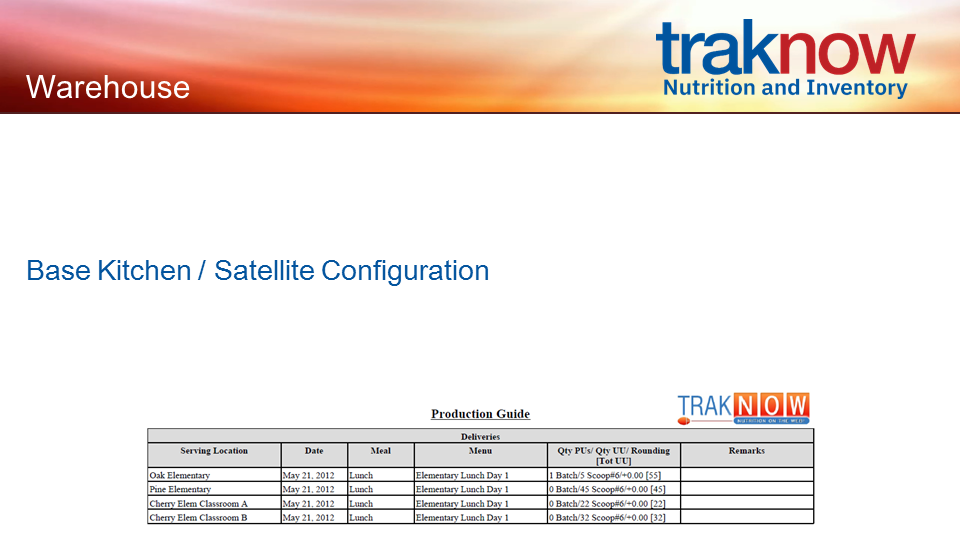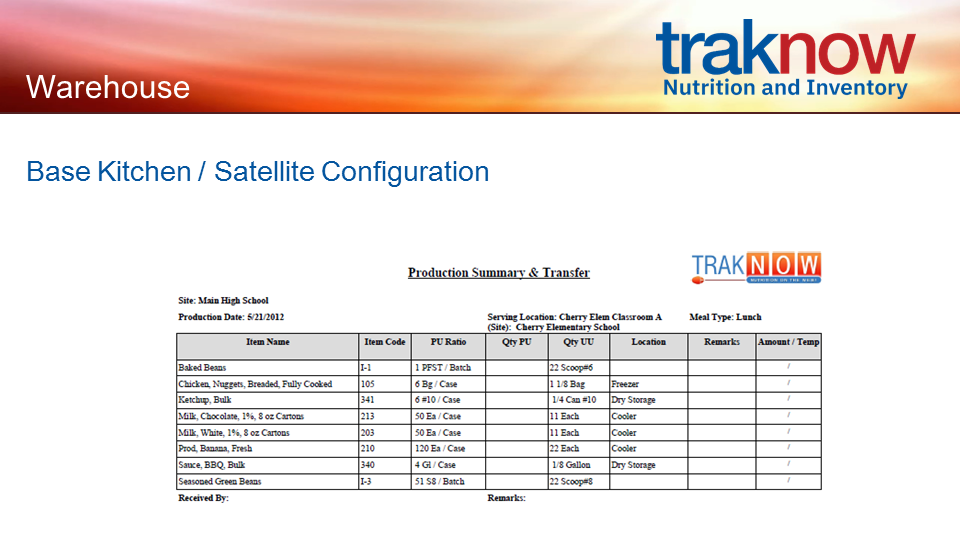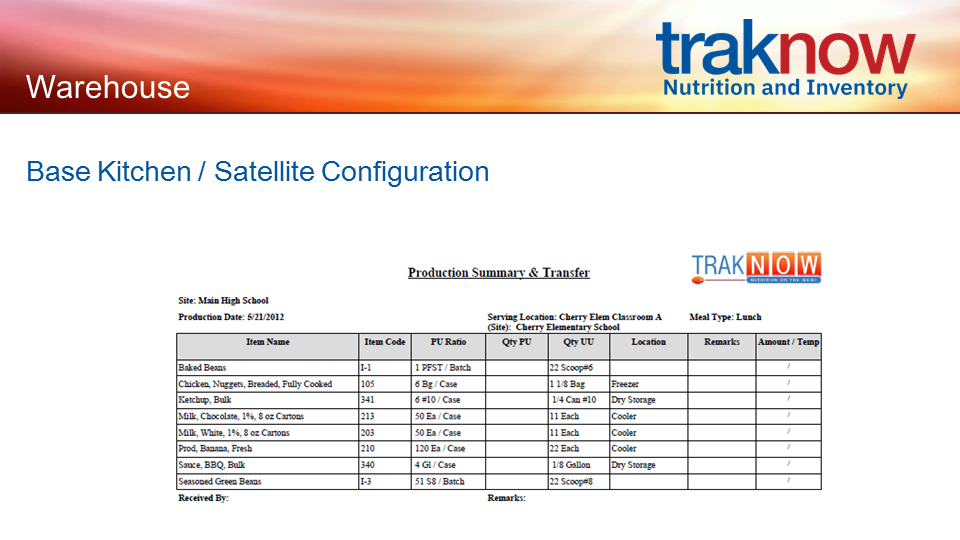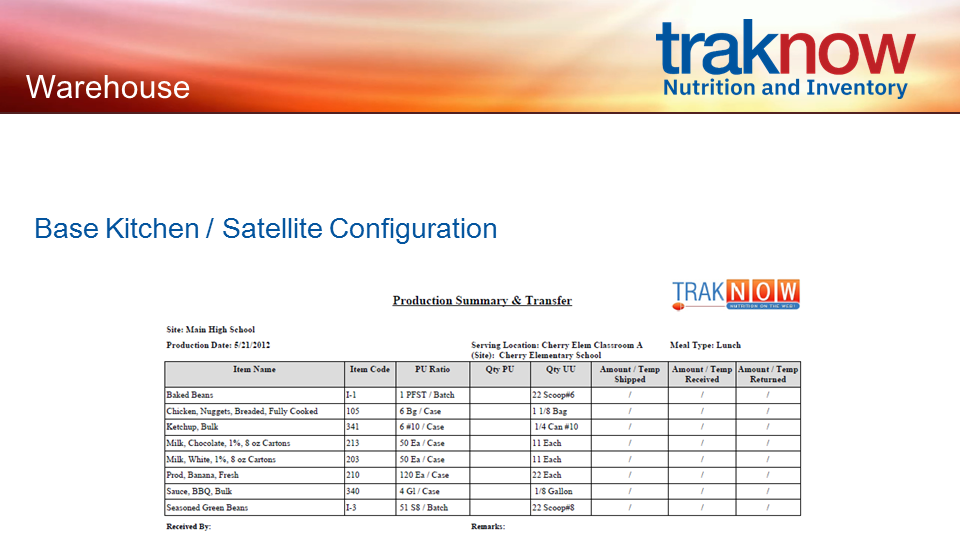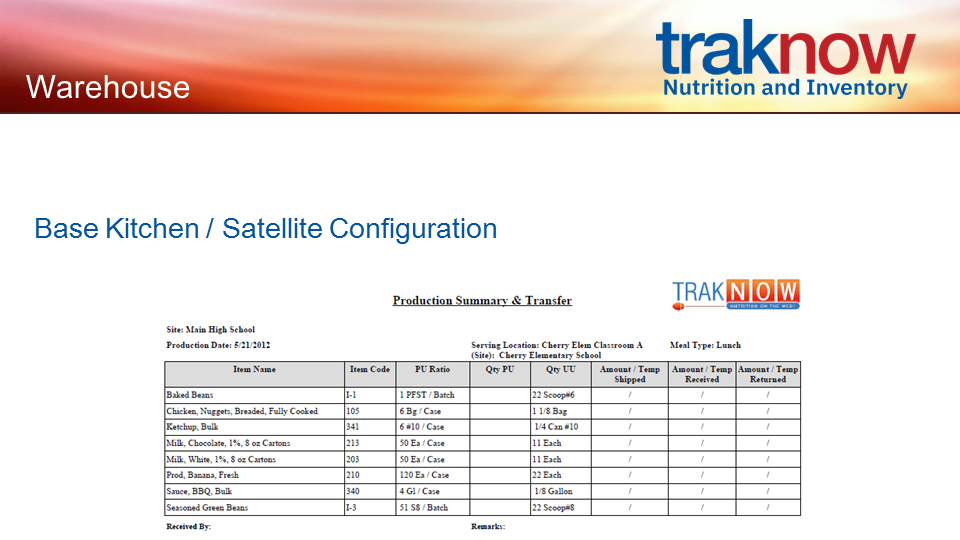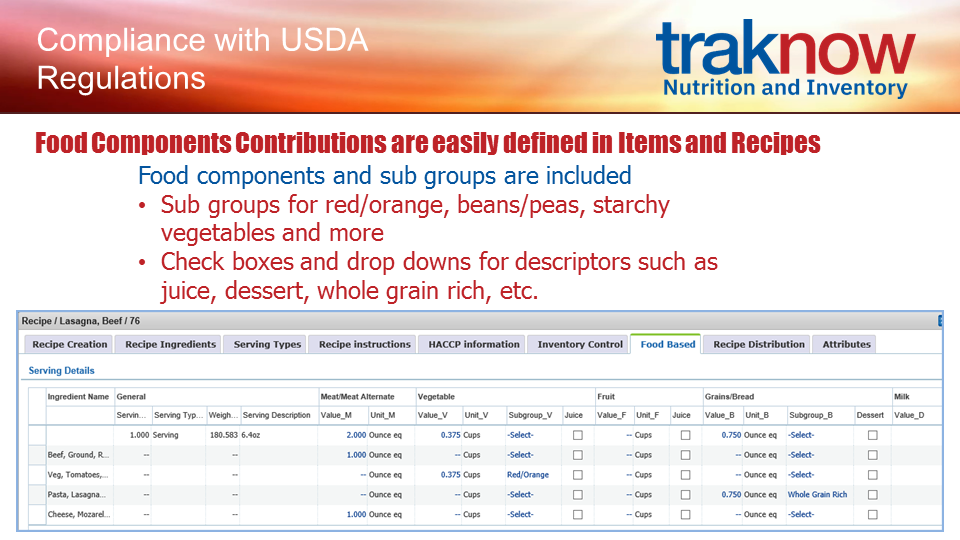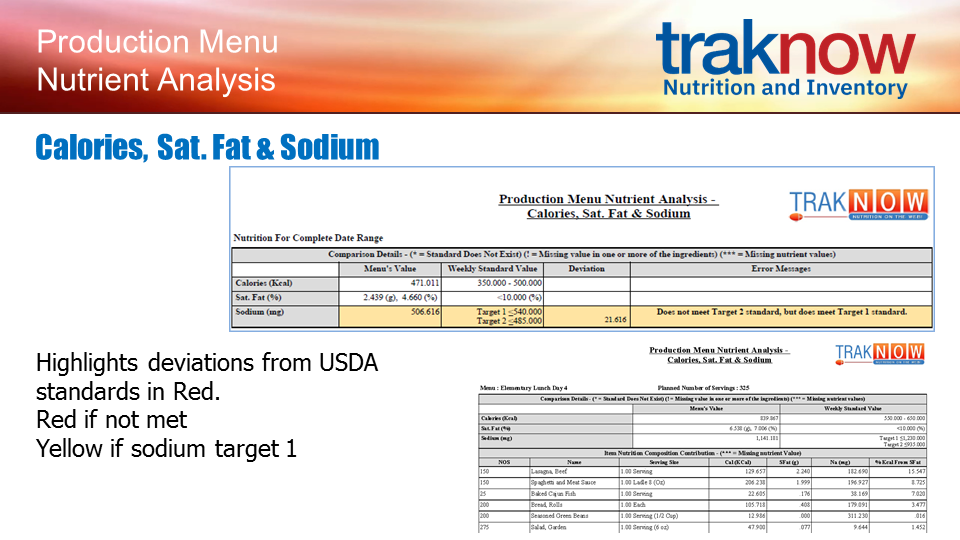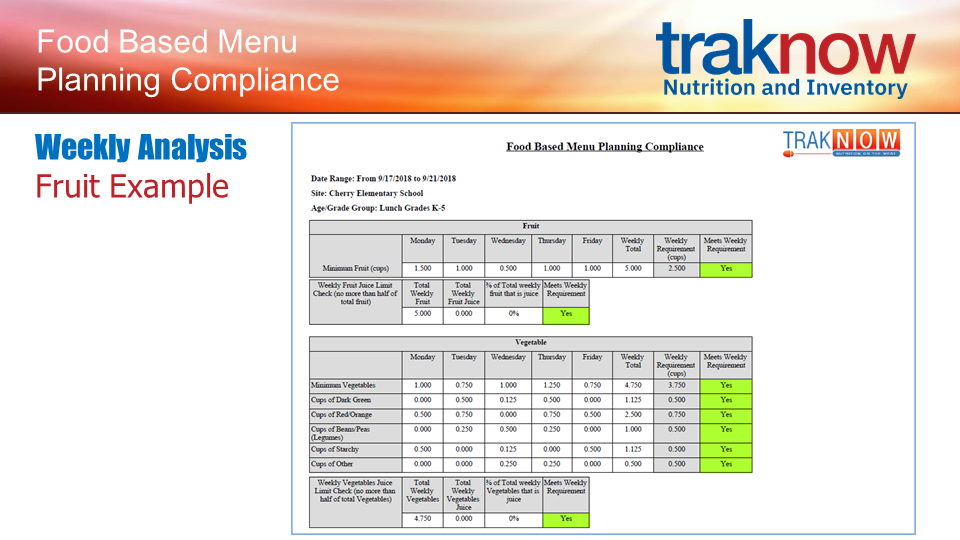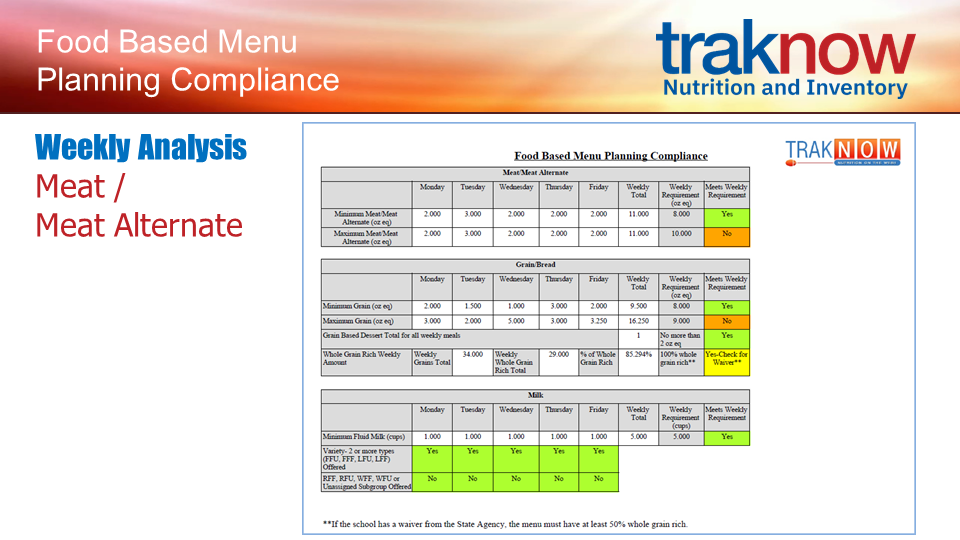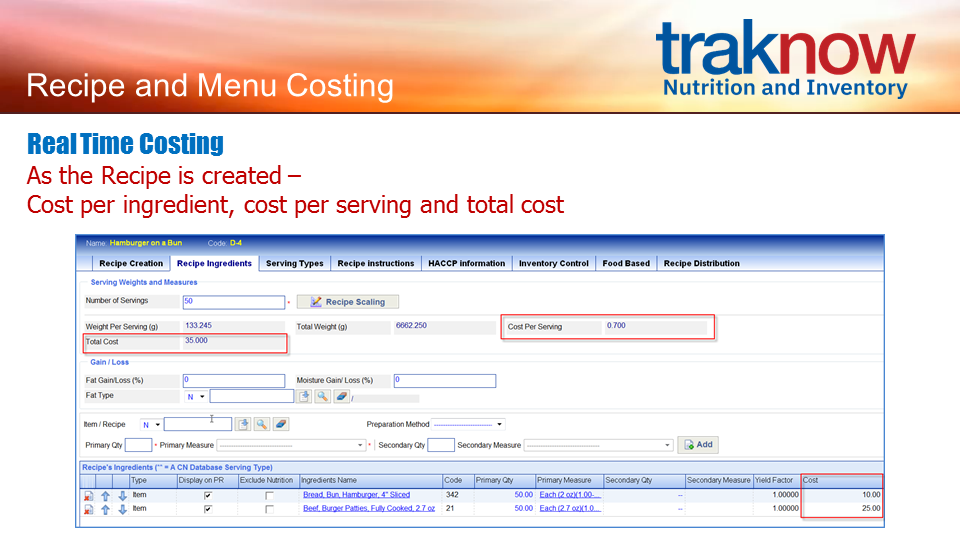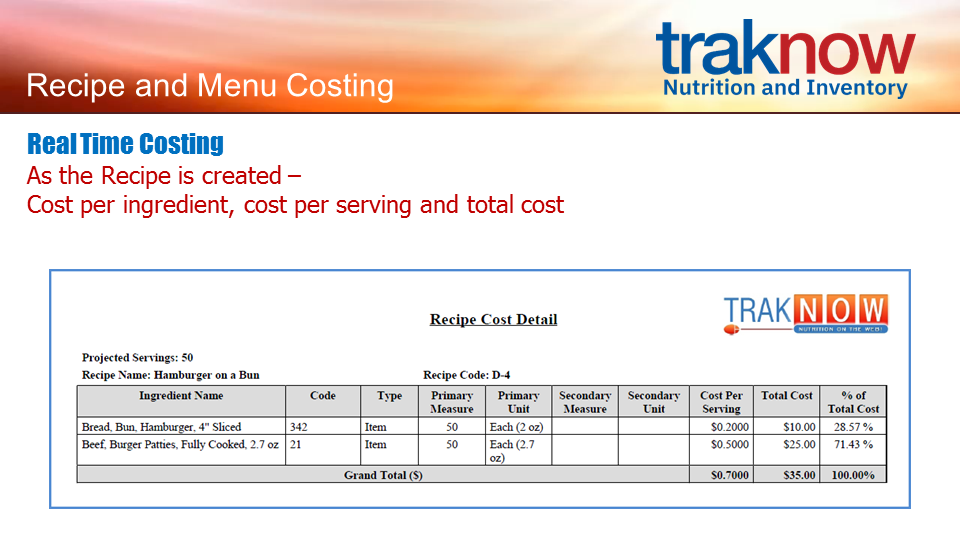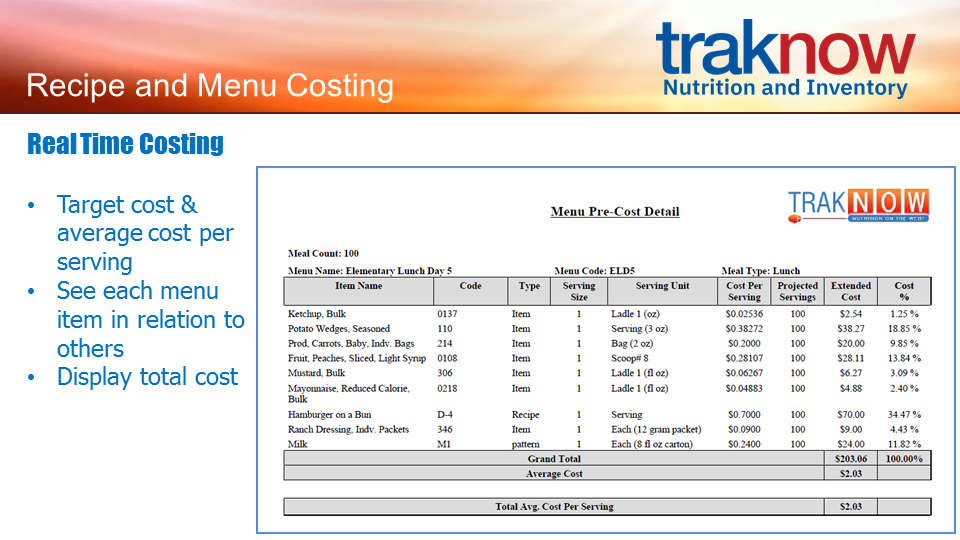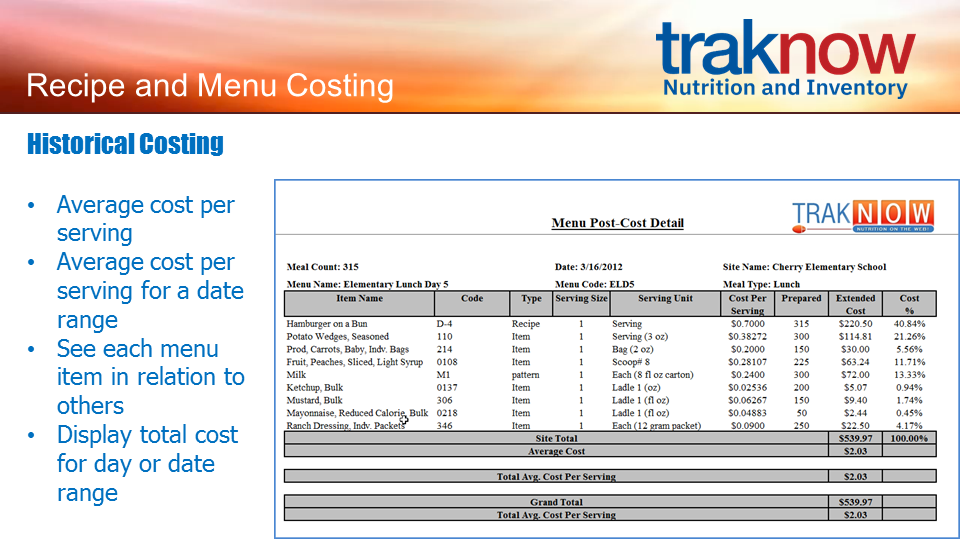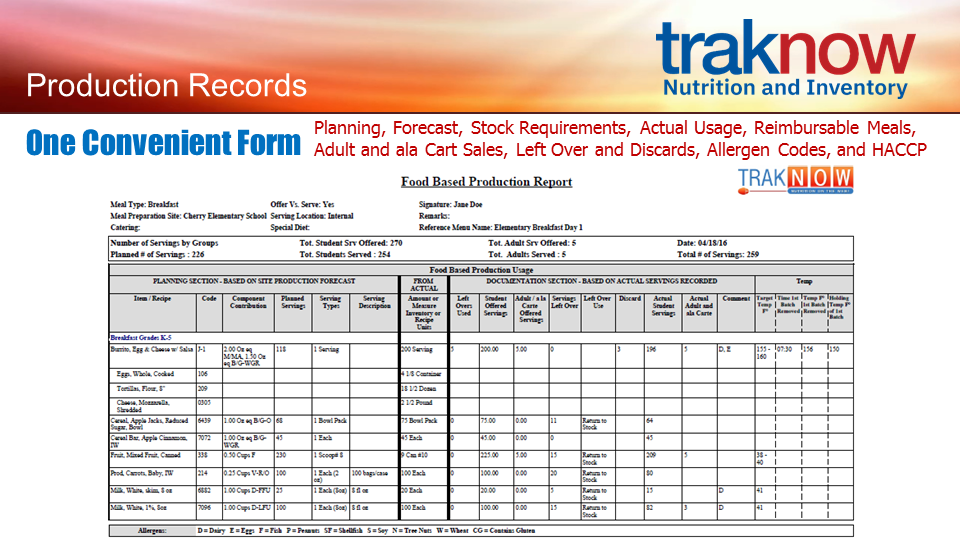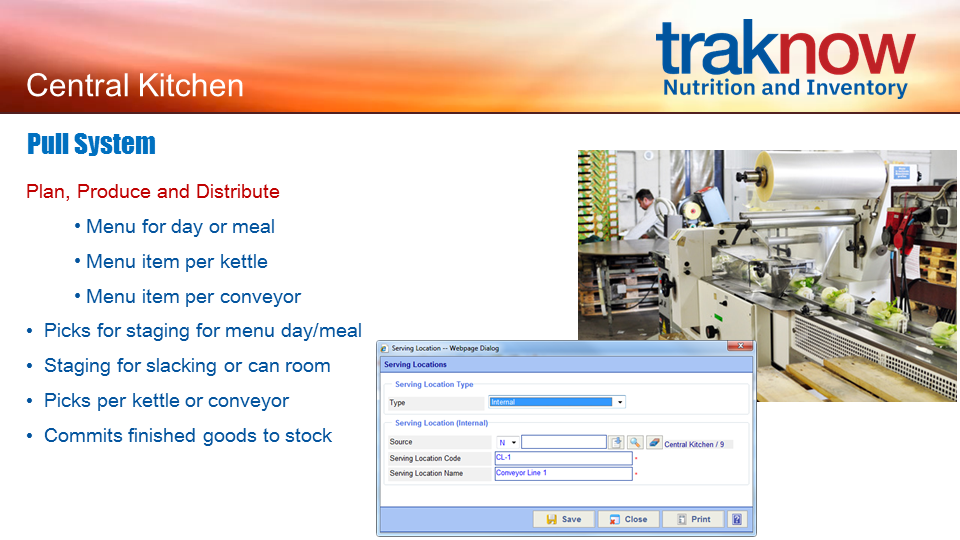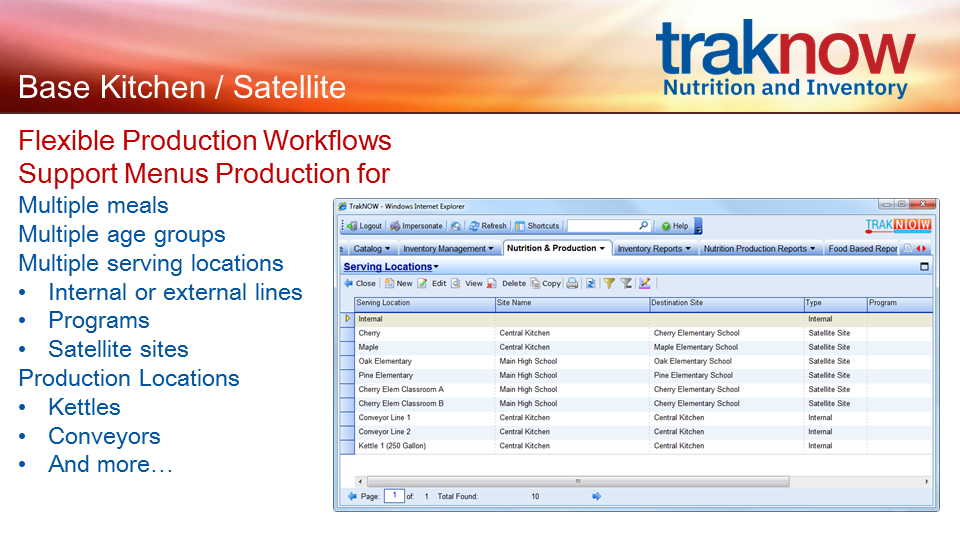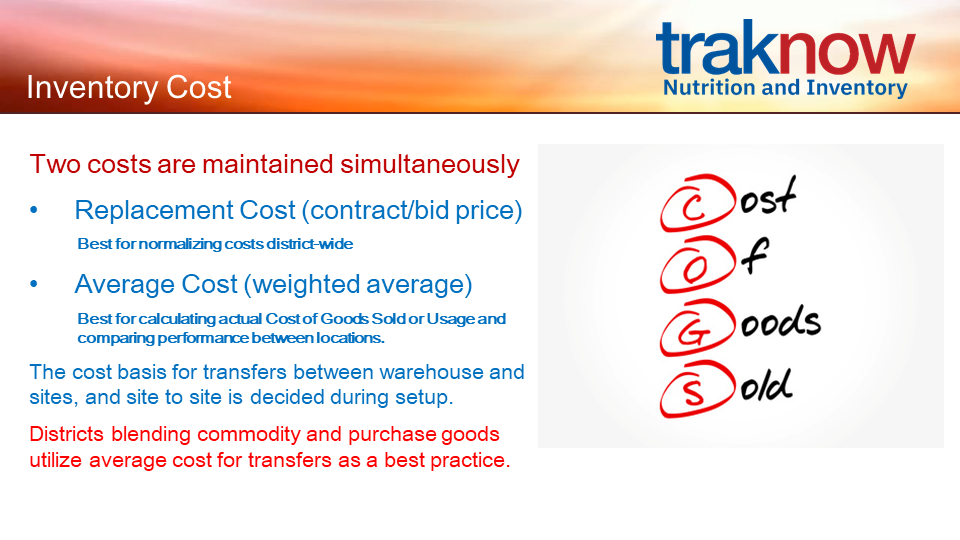Blog

Sep
The facial recognition market is a fast-growing industry expected to generate a value of almost $9B annually by 2022. Part of that market includes the education sector.
Currently, governments are the biggest consumers of this technology because of its ability to deter crime. The “eye in the sky” watching over everyone is able to detect facial features, allow expedient access or deny it, and identify persons of interest. Large cities like Chicago and Detroit have already opted into using biometric recognition.
Some people find Big Brother technology comforting, and others find it invasive. What if this same software is used in the schools your children attend or where you teach?
Uses for facial recognition software in education
There’s no doubt that technology has made it possible to get more done in a day. Where we once had to perform many tasks in education by hand, we now use technology as an assistant.
Software helps teachers provide customized lessons, analyze data, and even keep track of behavior. Technology saves teachers time, which something they don’t have a lot of. Think about all the clerical tasks a teacher performs each day, like taking attendance or recording which students eat lunch in the cafeteria, and which foods they select.
Facial recognition software can significantly reduce the time teachers spend performing clerical duties like these. Students actions and behaviors can be matched to a face, and then the information is either shared (with the registrar/attendance clerk and the food services department) or stored for later access.
The teacher is free to spend more time preparing or delivering instruction.
Facial recognition software can also shorten the time students take to log in to learning programs. Within a second, the software maps facial features and approves access, saving students from having to log and type a password each time they want to use a computer.
Read more at The Tech Advocate

 Contact
Contact 